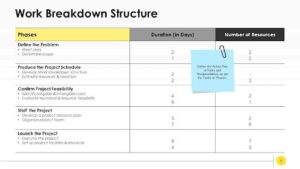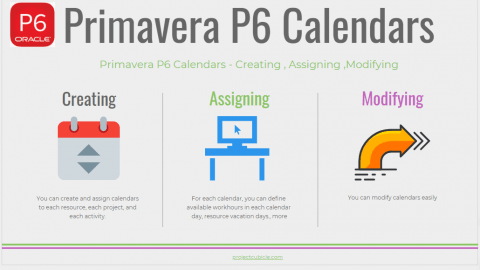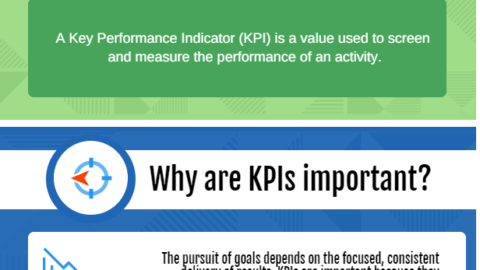What is Decision Matrix Analysis?
Dear Reader, Welcome to Project Cubicle. If you are a returning Cubicler, we thank you for your appreciation and support. We genuinely do our best to create high quality and creative content for you to improve your success in your area of Business. In this article, we are going to discuss the Decision Matrix Analysis with examples by answering questions like what a Decision Matrix is, how you can conduct a Decision Matrix Analysis, furthermore, explaining the Better Ways to Make The Best Decision for the Best Outcome.
Table of Contents
It’s not hard to make decisions once you know what your values are.
Roy E. Disney
A Decision Making Tool
Decision Matrix is a Decision-Making Tool like a fishbone diagram or force field analysis.
Why do we need Decision-Making Tools?
When we need to make one decision, meaning, set our mind or something and decide the option we have selected is better than the rest. When we have resources only enough for one of our options. When we need to select one problem as Our Milestone or prioritize a task to focus on.
CODING DMA: Fundamentals of Decision Matrix Analysis (DMA)
Below, we have coded the fundamentals of Decision Matrix Analysis in order for you to have a clearer understanding of what Decision Matrix Analysis is.
Think of Decision Matrix as a Claw. A Claw of a Polar Bear. Because making the best decision is Power.
Think of the Decision Matrix as CLAW Power. Say the Polar Bear is hunting for food, ambushed. While cautiously spectating its surroundings, the Polar Bear sees 3 potential meals. Keep in mind that a Polar Bear needs Fat to keep itself warm during the winter. Therefore, it is in search of a prey that is high in fat.
First one is a seal, swimming near the furthest ice. A seal’s blubber and skin are healthy for the Polar Bear because they consist of a very high amount of fat. Polar Bears can eat 100 pounds of blubber in a single sitting. However, the polar will need to lose its camouflage for a few seconds in order to approach the seal.
The second one is another seal, giving birth by the ice, closer this time but to be able to reach their surface, the Polar Bear will need to swim a long distance.
The third one is a narwhal, trapped in a little opening in pack ice however it does not have a big size and therefore might not saturate our Polar Bear.
Okay, now which prey our Polar Bear will prey on?
Which option is more assuring?
Which prey will mean 100% saturation?
This method Ladies and Gentlemen is the Power CLAW. We are looking for the best option to assure our needs are fulfilled. Let’s leave the Polar Bear preying and explore what Decision Matrix Analysis really is.
Say that we are looking at a Claw with 5 fingers.
- Comparison
- Limit
- Assessment
- Weights
- Priority
These are the main ingredients of performing a Decision Matrix Analysis. Prior to diving into it, remember this; to catch our prey we need each and every finger. We need to capture it and we need to guarantee that it will fulfill our needs. We only have one shot. One decision, to determine the entire game.
We are the Polar Bear now.
1. COMPARISON
The first principal of conducting a Decision Matrix Analysis is Comparison. We are going to compare each and every option to make sure we are leading ourselves towards the right one. We need to have the features or characteristics we need, settled in our minds.
Why do we need to Compare?
2. LIMIT
We are limited in our resources and therefore we have resources only enough for one. This is the main reason we need to make that decision. We cannot accommodate more than one options at the same time.
3. ASSESSMENT
Now we are Limited, and we have options that meanwhile we are doing Comparison of however we will need to Assess our options. The Assessment process will be based on our needs, what do we need in each of our option?? Are we in a project, a team? Which options can we afford with our resources?
What are we going to Assess our options according to?
4. WEIGHTS
Our Weights are our Degrees. The importance of the characteristics or features we have decided on. Think about the features you need. For an instance, marching on from our Polar Bear, would you give Nutritional Value a 5 and Distance 4? These weights will determine something important.
Our Priorities.
5. PRIORITY
By assigning Weights to your characteristics, you determine your priorities. In our Polar Bear example, Nutritional Value is our priority to assure we are fully saturated and safely ready for our sleep. The weight will help you visualize your Priorities and see what matters The Most to your project or other inquiries you are utilizing Decision Matrix Analysis on.
Let’s Visualize: Decision Matrix Analysis Example!
We wanted to start from one of the most basic examples: nutrition. Decision Matrix Analysis can easily be adapted into any and all context, from a simple food chain to Your Field of Business.
Below, you can see an Empty Decision Matrix for you to utilize according to your needs. To simply sum up what we have discussed above, we are going to give an example.
Carefully, examine the chart.
What do you see?
In our Polar Bear example, we can think of our Options as our Potential Preys, however it can also represent a candidate you need to hire in order to improve the performance of your team, or you might be looking to find The Best Project Manager for Your Project.
Moving forward with a more relevant example, let’s assume that we are looking for a Qualified Project Manager. And say that our needs in a Project Manager is Leadership, Punctuality, Determination, Inspiration/Role Model and Creativity. Think about your Project and level these characteristics accordingly.
These weights are usually scaled between 1 to 5. If you are working to fulfil a deadline per se, you may rate Punctuality with a 5.
What happens then?
After the Weights are assigned, it is now time to assess the actual qualifications of our Project Manager Candidate 1.
Now we are going to multiply our Weights and our candidate’s actual proposed value in order to get a wider view of what our candidate may bring to our work environment.
The total score of our Project Manager Candidate 1 is 48. After performing the same analysis on our other candidates, we officially and naturally have our decision in hand regarding which candidate we should welcome.
And the examples above demonstrate how we simply perform a Decision Matrix Analysis.
Why is a Decision Matrix an Important Tool?
In this article, we’ve discussed the art of performing a Decision Matrix Analysis with examples. We coded the entire technique into 5 letters that are fundamentals of Decision Matrix Analysis; CLAW, which stands for Comparison, Limits, Assessment, Weights and finally Priority. By utilizing these principals, we are now able to make better decisions and decide on the best option for our Business!
Thank you for reading! That’s all from us here at Project Cubicle about Decision Matrix Analysis.
How do you plan utilizing Decision Matrix Analysis? Let us know in the comments!
Have experiences related to this field?
Share Your Story!















